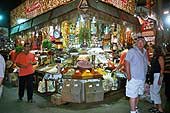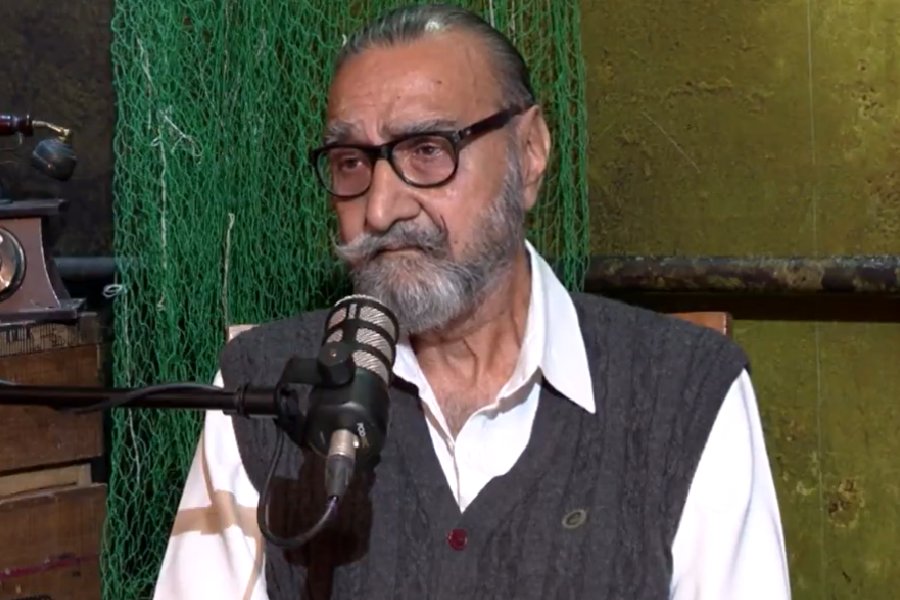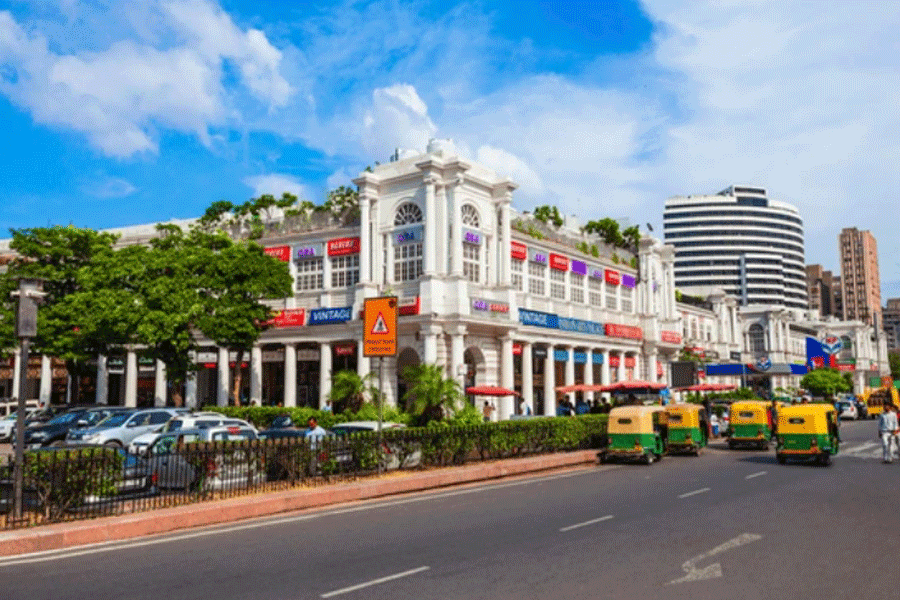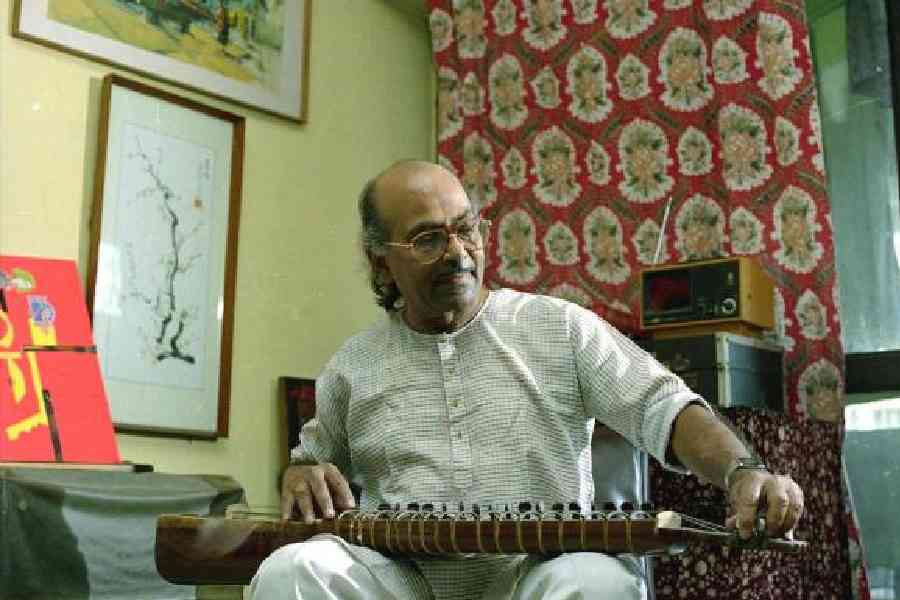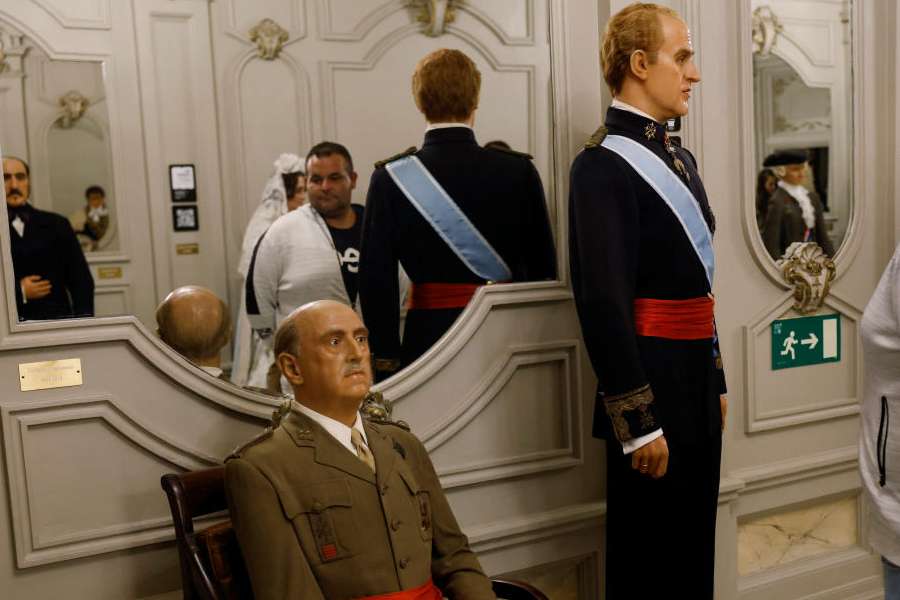 |
| The Grand Bazaar is thronged by tourists and locals alike |
 |
| A selection of lokum — a Turkish delicacy found in plenty at the Spice Market |
 |
| A view of the bustling Grand Bazaar |
 |
| Shoppers at the Spice Market |
 |
| Just about every conceivable herb and spice can be found at the Spice Market |
 |
| A stall hawking teas and spices at the Grand Bazaar |
Does New Market still hold the power to convert you into a shopaholic? Then you obviously still believe in dusty trails and the old-world charm of bustling bazaars that even the most happening modern mall can never lay claim to. Istanbul’s Grand Bazaar safely falls in this league of marketplaces that are a melting pot of colour, sights and sounds. So once you’re done admiring Istanbul’s lavish Blue Mosque, and have explored Cappadocia’s many caves and lazed on any of its beaches, it’s time to hit the shopping trail — Turkish style.
Called the Kapali Carsi (or the covered market in Turkish), it began in 1461 as a humble mart during the reign of Mehmet the Conqueror. Today it’s the mother of all marketplaces made of some 4,000 shops that meander in a maze of winding streets. What makes it different is that it is perhaps the largest covered market in the world.
Although all the bazaar’s streets are named, tourists continue to be baffled by its complexities. My husband and I strayed off course more than once. But the trick lies in not panicking and trying to get your bearings right — calmly.
This marketplace has stood the vagaries of time and many tragedies in between. Earthquakes have struck and fires have blazed in its streets more than once — the most recent one being a devastating fire that had broken out in 1954. The bazaar was repaired after the catastrophes, but each incident took its toll nonetheless and some original records have been lost forever. And with them, we’ve lost a bit of history too, about the market and how it developed over the centuries.
Today some even dub the Grand Bazaar as a mere tourist trap, but that’s only half true. Although it’s grown into a major attraction for visitors to Istanbul, a large percentage of locals also shop here all the time. Meanwhile for tourists and shopping fiends, there are great bargains to be snapped up — provided you have a keen eye and a (typical Indian) penchant for haggling.
The rules about bargaining at the Grand Bazaar are the same as anywhere else in the world. In a nutshell: bargain at leisure, fix the maximum price you’re willing to pay for an item and never forget that figure. But before that, explore the market. For, if you don’t find what your heart desires on one street, remember that there are dozens of others where you’re likely to find it. And if browsing and window shopping is your style, this is just the place to do it.
On our first trip, my husband and I entered the main thoroughfare, Kalpakcilar Caddesi, an opulent street lined with glittering jewellery shops. There are dozens of alleyways on either side, and shops crammed with goods spill out into the corridors. The shops are a mixed bag of everything: hats, watches, outfits worn by supple belly dancers, leather jackets, roasted chestnuts, postcards, pomegranates and more.
But if you are on a flying visit and hard-pressed for time, you should make a beeline for the ancient part of the bazaar — the Old Bedesten. In the curious assortment of antiques that the bazaar is famed for, it’s possible that you’ll find a treasure. You may just spot the perfect carpet or that must-have meerschaum pipe. Shoppers be warned, as you will most certainly face a barrage of pushy (though friendly) sales pitches that will usually begin with: ‘Excuse me please’, ‘This way, please’ or the ever popular ‘Where are you from?’ as you stroll past the shops.
Expect high-pressure sales tactics particularly when buying a carpet. Good rugs are supposedly handmade in Turkish villages. I came across a beauty, which I was told was made in a remote village near Mount Ararat in eastern Turkey. Keep your eyes peeled for knock-offs, some of which are made in factories in far away China.
So, educate yourself on both pricing and quality before making an offer. The badgering can get tedious, but what makes it worth your while are the friendly though persistent merchants who refuse to give up on potential clients. The salesmen largely ignore the locals and focus attention on each and every tourist that their trained eyes can spot. What comes as a surprise is not just their eye to spot tourists, but their uncanny ability for guessing nationalities. It doesn’t stop there: they are multi-lingual as well.
My husband and I were asked at different times whether we were Indians, Pakistanis or Americans. Sometimes, names of film stars were thrown at us randomly: Amitabh Bachchan, Hema Malini and Aishwarya Rai. Hema Malini seemed to be a hot favourite and was mentioned at least at a dozen shops.
Besides shops selling clothes, jewellery, kilims and carpets, the bazaar is also filled with small workshops where craftsmen cast and beat silver or brass — a skilled trade that’s been handed down the generations. And when all the shopping and bargaining proves to be a bit much, there’s always the traditional cafés inside the bazaar where you can take a breather, grab a bite or leisurely sip tea.
No trip to Istanbul is complete without a visit to the Egyptian Bazaar or Spice Market. It is located near the Galata Bridge, which passes over the waters of the Golden Horn, and is practically in the shadow of the New Mosque.
Much smaller than the Grand Bazaar, and less touristy too, the Spice Market was built in the 1660s to help support the upkeep of the mosque. If the Grand Bazaar is known for its colours, sights and sounds, the Spice Market is a lesson in aromas and tastes. The inviting fragrances of cinnamon, cumin, saffron, thyme and every other conceivable herb and spice envelopes you even before you enter the market. This is where you can find all kinds of Turkish candy (lokum), baklava, teas, Turkish coffee, and dried fruits. One must not leave Istanbul without sampling its lokum, made with various fillings like walnut and pistachio, or flavoured with orange, almond and rose water.
The Spice Market is also the best place to buy toiletries like cakes of olive oil soap that are displayed at almost every shop.
A trip to the Spice Market is not merely a way to fulfil the touristy urges for exotica. It is also a chance to see and experience Istanbul’s traditional commercial life. You may find yourself drifting off as you purchase an assortment of spices, alternative remedies for aches and pains, and aphrodisiacs that have been consumed through the ages. You may shop till you drop, but don’t for heaven’s sake, drop the shopping.
Photograph of Grand Bazaar by author

